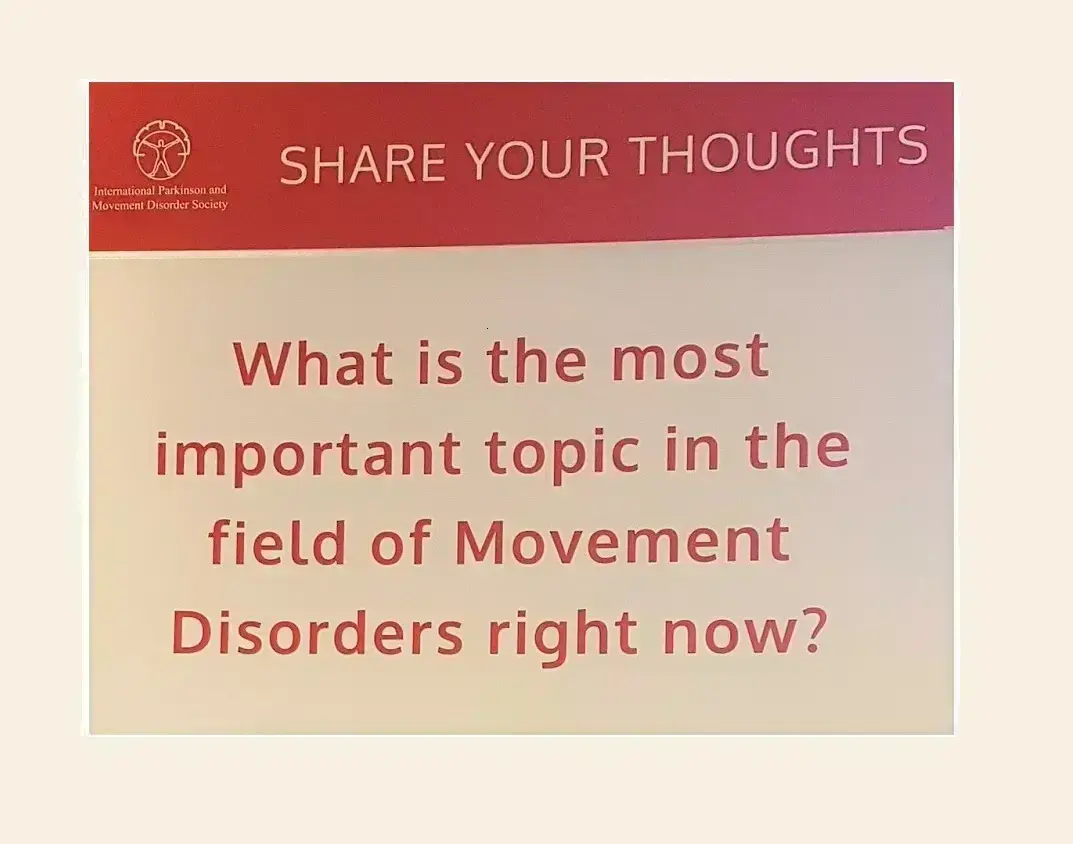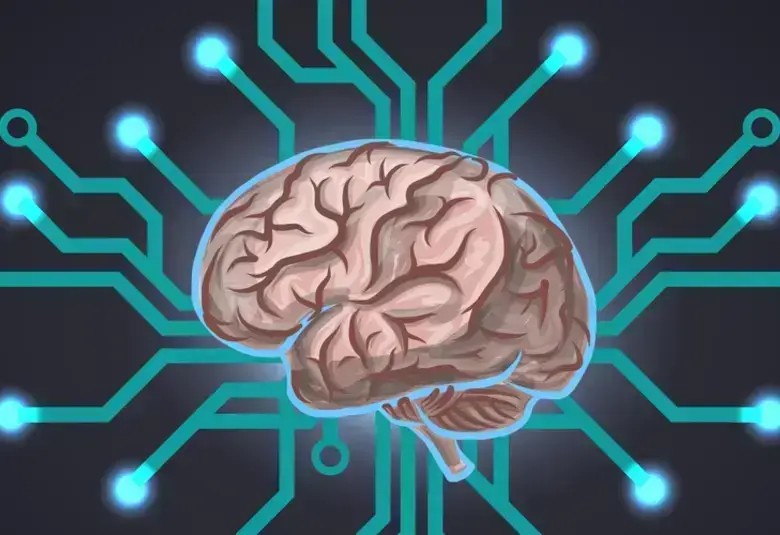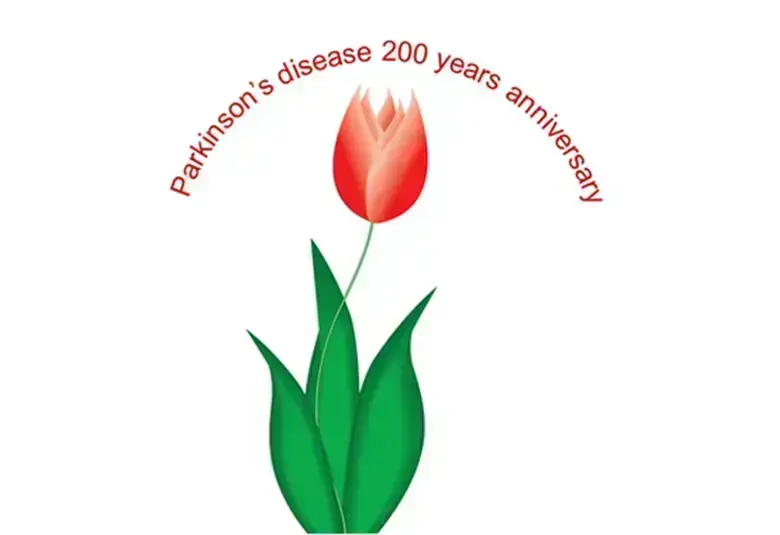The recurrence of classical motor symptoms of Parkinson’s disease (PD) signifies the end of the stable “honeymoon” period during which PD motor symptoms can be managed, and the progression to later-stage PD said Professor Angelo Antonini, MD, of the University of Padua, Italy during a plenary session at the 2019 MDS Congress held in Nice, France.
프랑스 니스에서 개최된 2019년 MDS 회의의 총회 세션에서 이탈리아 파도바대학교 안젤로 안토니니(Angelo Antonini, MD) 교수는 파킨슨병(PD)의 전형적 운동 증상의 재발은 증상을 관리할 수 있는 안정적인 '허니문' 시기가 끝나고 후기 파킨슨병으로 진전되는 것을 의미한다고 말했습니다.
Signs of progression to advanced PD include the “wearing-off” of motor symptom control between doses of levodopa, development of involuntary movements (dyskinesias), problems with gait and balance control, cognitive impairment and other non-motor symptoms.1 In fact, 80% of patients experience motor complications 4 years after initiation of PD therapy regardless of the type of initial treatment given.2
진행된 파킨슨 단계로 진행했음을 의미하는 징후로는 레보도파 복용 사이의 운동증상 제어에 대한 약효소진(wearing-off), 불수의 운동 발생(운동 장애), 걸음걸이 및 균형 유지의 어려움, 인지 장애, 기타 비운동 증상 등이 있습니다.1 실제로 파킨슨병 환자 중 80%는 초기 치료제의 유형과 관계 없이 치료 시작 후 4년이 지난 시점부터 운동 합병증을 경험합니다.2
Therapeutic management of advanced PD aims to extend levodopa benefit while minimizing motor complications and includes the implementation of drug infusion and surgical techniques.3
진행된 파킨슨병의 치료 및 관리의 목적은 레보도파의 이점을 증대하는 한편 운동 합병증을 최소화하는 것이며, 이는 약물 주입(drug infusion)과 수술적 기술들의 구현을 포함합니다.3
The challenge of managing OFF time in late stage PD is large, as the severity of OFF varies between patients; some patients experience more OFF time but have good overall function, while other patients with a much shorter amount of OFF time may suffer a dramatic worsening in mobility during the OFF state, said Professor Antonini.
안토니니 교수의 설명에 따르면, 파킨슨병 후기에는 OFF 현상의 중증도가 환자마다 다르기 때문에 오프 시기의 관리가 매우 어렵습니다. 일부 환자들도 OFF time이 상대적으로 많이 발생하더라도 전반적 기능은 양호한 상태를 유지하기도 합니다. 반면, OFF time의 길이는 상대적으로 짧지만 OFF state에서의 운동 기능이 눈에 띄게 저하되어 고통받는 환자들도 있습니다.
The challenge of managing OFF time in advanced PD is great – as the extent and severity of OFF time varies from patient to patient
진행된 파킨슨병의 경우 OFF time의 기간과 중증도가 환자마다 다르기 때문에 관리가 매우 어렵습니다
The presence of disabling non-motor features during OFF time such as pain, bladder dysfunction, or mood changes worsen the patient’s perception of OFF-related severity. Patients with PD rate “wearing-off” as the greatest challenge with their levodopa therapy.4
OFF time 동안 나타나는 통증, 방광 기능 장애, 기분 변화 등 장애 유발 비운동 증상은 환자가 OFF 관련 중증도를 인지하기 어렵게 만듭니다. 파킨슨병 환자들은 레보도파 치료에서 가장 힘든 부분으로 약효 지속 기간이 짧아지는 현상을 꼽습니다.4
“Ask, ask, ask” to identify cognitive, behavioral and psychiatric problems associated with PD was the take home message stressed by Professor Jennifer Goldman, MD, of the Northwestern University Feinberg School of Medicine, Chicago, IL, USA.
미국 일리노이주 시카고 소재 노스웨스턴대학교 페인버그의과대학의 제니퍼 골드먼(Jennifer Goldman, MD) 교수는 파킨슨병과 관련된 인지, 행동 및 정신적 문제를 파악하려면 '묻고, 묻고, 또 물어라'라는 메시지를 강조했습니다.
“Ask, ask, ask to identify cognitive, behavioral and psychiatric problems associated with PD”
"파킨슨병과 관련된 인지, 행동 및 정신적 문제를 파악하려면 묻고, 묻고, 또 물어야 합니다"
Cognitive, behavioral and psychiatric symptoms are common in PD - despite often being under-reported by patients and under-detected by doctors - and can occur throughout the disease course.5 Yet, the identification of cognitive, behavioral and psychiatric disturbances may be achieved through asking the patient, reporting from the patient and carer, clinical observation, objective evidence and diagnostic criteria.
인지, 행동 및 정신적 증상은 환자가 제대로 알리지 않거나 의사가 제대로 감지하지 못하는 경우가 많기는 하지만, 파킨슨병의 흔한 증상으로서 질환의 진행 과정 전반에 걸쳐 발생할 수 있습니다.5 그러나 인지, 행동 및 정신적 장애 파악은 환자 문진, 환자 및 간병인으로부터의 보고, 임상 관찰, 객관적 증거 및 진단 기준 등을 통해 달성 가능합니다.
Neuropsychiatric symptoms in PD, in particular, have a substantial impact on patients and carers increasing morbidity and mortality, and reducing quality of life.6,7
특히 파킨슨병의 신경정신병학적 증상은 이환률 및 사망률을 증가시키고 삶의 질을 저하시키는 등 환자와 간병인에게 상당한 영향을 미칩니다.6,7
A broad spectrum of symptoms including apathy, depression, anxiety, irritability, mild cognitive impairment, impulse control disorders, and psychosis are possible, some as a side-effect of dopaminergic medications, and increasingly as PD progresses. It is now recognized that these symptoms should be discussed at all stages of PD and neuropsychiatric fluctuations scales have been developed.8 Currently, few treatments are available that target PD dementia and neuropsychiatric symptoms,9 and more research is needed, summarized Professor Goldman.
무감정, 우울, 불안, 과민성, 경도인지장애, 충동 조절 장애, 정신병 등 다양한 유형의 증상이 발생할 수 있으며, 일부는 도파민성 약물의 부작용으로 나타나고, 파킨슨병이 진행됨에 따라 더 심화되기도 합니다. 최근 파킨슨병의 전 단계에 걸쳐 이러한 증상에 대해 논의해야 한다는 인식이 높아지면서 신경정신병학적 변화 평가 척도가 개발되었습니다.8 골드먼 교수는 발표를 마무리하며 현재 파킨슨병 치매와 신경정신병학적 증상을 표적으로 하는 치료법은 거의 없으므로9 더 많은 연구가 필요한 상황이라고 요약했습니다.
In the final presentation, Professor Nir Giladi, MD of the Tel-Aviv University, Israel turned the audience’s attention to the issue of postural instability and gait disturbances in PD. Gait impairments are among the most common and disabling symptoms of PD, that impair quality of life and predict mortality, and yet gait is not routinely quantitatively assessed.10
마지막 발표자로 나선 이스라엘 텔아비브대학교의 니르 길라디(Nir Giladi, MD) 교수는 파킨슨병에서 나타나는 자세 불안정 및 보행 장애라는 이슈로 청중들의 관심을 돌렸습니다. 보행 장애는 파킨슨병 환자에게서 발견되는 가장 흔한 장애 유발 증상 중 하나로서, 삶의 질을 저하시키고 사망의 예측인자가 되기도 하는데, 이에 대한 평가는 주기적, 정량적으로 이루어지지 않고 있습니다.10
Postural instability and gait disturbances are among the most common and disabling symptoms of PD that impair quality of life and predict mortality
자세 불안정 및 보행 장애는 파킨슨병의 가장 흔한 장애 유발 증상으로서 삶의 질을 저하시키고 사망의 예측인자가 됩니다
Balance problems are now known to be predictive of the development of PD and gait disturbances and impaired posture are experienced for around 4 years before a diagnosis of PD is made.11-13
균형 유지 문제들은 파킨슨병 발병의 예측인자들로 알려져 있으며, 환자들은 파킨슨병으로 진단 받기 약 4년 전부터 걸음걸이 장애와 자세 불안정을 경험하게 됩니다.11-13
There are many promising therapies available that, to a varying extent, affect gait and balance disorders in PD including pharmacological approaches, exercise, physical therapy, invasive and non-invasive neurostimulation.14 Harnessing technology using multimodal continuous intervention and monitoring in the future may provide a good approach to predict and prevent falls, concluded Professor Giladi.
약물 치료, 운동, 물리 치료, 침습성 및 비침습성 신경 자극 등 파킨슨병의 보행 장애 및 균형 유지 장애에 각기 다른 수준으로 영향을 미칠 수 있는 다양한 유망한 치료법이 존재합니다.14 앞으로 다중모드(multimodal) 연속 중재와 모니터링을 활용한 하네스 기술(harnessing technology)은 낙상 및 모니터링을 수반한 기술의 활용은 질환을 예측 및 예방할 수 있는 훌륭한 접근법이 될 것이라고 길라디 교수는 말했습니다.
본 자료는 Global Lundbeck 의학부에서 선별한 콘텐츠이며, 한국룬드벡의 의견과 다를 수 있습니다.




